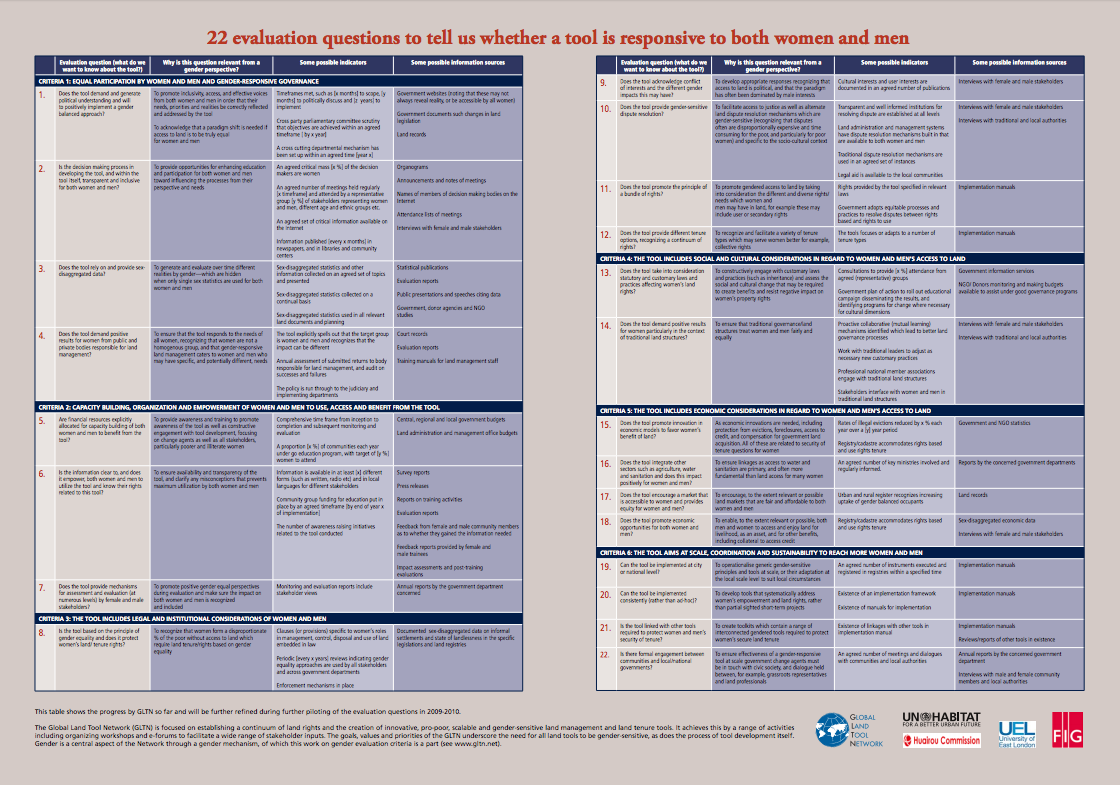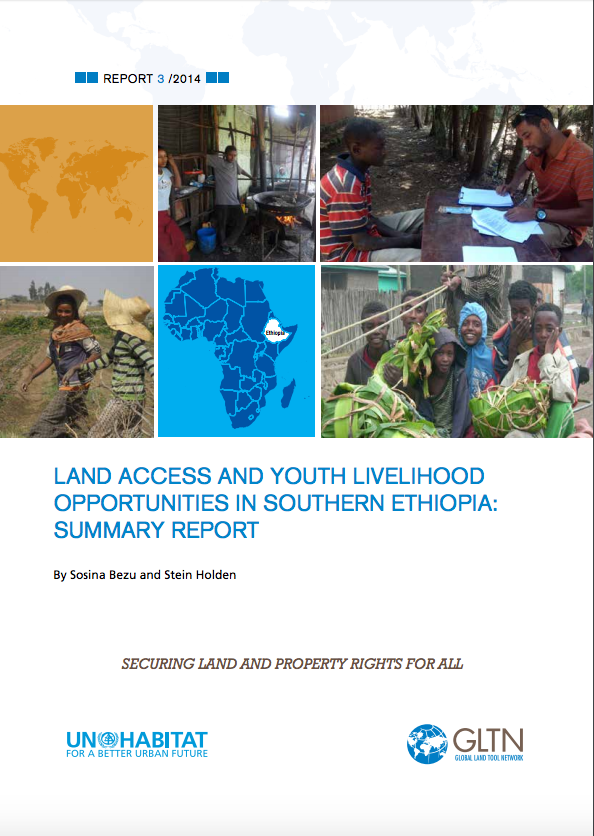Effects of land tenure on agricultural productivity and the environment
2014-2015 Global food policy report
This 2014–2015 Global Food Policy Report is the fourth in an annual series that provides a comprehensive overview of major food policy developments and events. In this report, distinguished researchers, policymakers, and practitioners review what happened in food policy in 2014 at the global, regional, and national levels, and—supported by the latest knowledge and research—explain why. This year’s report is the first to also look forward a year, offering analysis of the potential opportunities and challenges that we will face in achieving food and nutrition security in 2015.
2012 Politiques alimentaires mondiales rapport: Aperçu
This 2012 Global Food Policy Report is the second in an annual series that provides an in-depth look at major food policy developments and events. Initiated in response to resurgent interest in food security, the series offers a yearly overview of the food policy developments that have contributed to or hindered progress in food and nutrition security. It reviews what happened in food policy and why, examines key challenges and opportunities, shares new evidence and knowledge, and highlights emerging issues.
Reducing poverty and hunger in Asia: The role of agricultural and rural development
After 30 years of dynamic growth and substantial poverty reduction in Asia, do agriculture and rural development still have a role to play in that region? The policy briefs in this collection provide abundant evidence that they do. Although the incidence of people living in poverty fell from more than 50 percent in the mid-1970s to 18 percent in 2004, and the incidence of hunger fell to 16 percent, Asia is still home to more than half of the world’s poor, most of whom live in rural areas. Agriculture and rural development are thus still key to reducing poverty and hunger in the region.
2012 Global food policy report: Overview
This 2012 Global Food Policy Report is the second in an annual series that provides an in-depth look at major food policy developments and events. Initiated in response to resurgent interest in food security, the series offers a yearly overview of the food policy developments that have contributed to or hindered progress in food and nutrition security. It reviews what happened in food policy and why, examines key challenges and opportunities, shares new evidence and knowledge, and highlights emerging issues.
Gender evaluation criteria for large-scale land tools: How can we judge if a land tool is responsive to both women and men’s needs?
This Gender Evaluation Criteria (GEC) matrix has been extracted from the GLTN publication entitled Designing and Evaluating Land Tools with a Gender Perspective: A Training Package for Land Professionals
Language: English, Spanish, French, Arabic
Land Access and Youth Livelihood: Opportunities in Southern Ethiopia
This study aims to examine current land access and youth livelihood opportunities in Southern Ethiopia. We used survey data from the relatively land abundant districts of Oromia Region and from the land scarce districts of Southern Nations, Nationalities and Peoples' (SNNP) Region. Although access to agricultural land is a constitutional right for rural residents of Ethiopia, we found that youth in the rural south have limited potential to obtain agricultural land that can be a basis for viable livelihood. The law prohibits the purchase and sale of land in Ethiopia.
Using National Statistics to Increase Transparency of Large Land Acquisition
The 2007/08 commodity price boom
triggered a ‘rush’ for land in developing countries. Yet,
many affected countries lacked the regulatory infrastructure
to cope with such demand and reliable data on investors’
performance. This study uses the example of Ethiopia to show
how simple improvements in administrative data collection
can help to address this by (i) allowing assessment of the
productivity of land use and taking measures to increase it;
Niger - Impacts of Sustainable Land Management Programs on Land Management and Poverty in Niger
Since the early 1980s, the Government of
Niger and its development partners have invested more than
200 billion West African Francs (FCFA) in programs will
promote sustainable land management (SLM) and other
activities to reduce poverty and vulnerability. Overall,
more than 50 programs have promoted SLM in Niger. Despite
large investments in SLM programs, their impacts on land
management, agricultural production, poverty, and other
Land Governance in South Sudan : Policies for Peace and Development
South Sudan is a new country of 10.5
million people that has just emerged from conflict and still
facing challenges with recovery and development. Although
economic disparities, political exclusion and deprivation in
the distribution of political and economic power between the
northern and southern parts of then united Sudan were often
tendered as the proximal causes of the conflict, at the
center of the prolonged civil war was the struggle for










